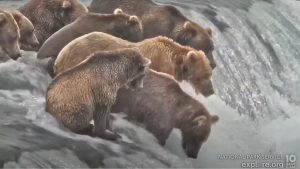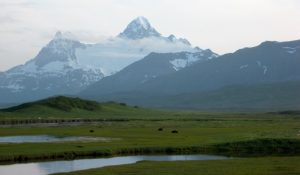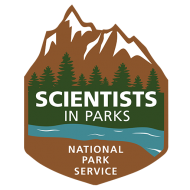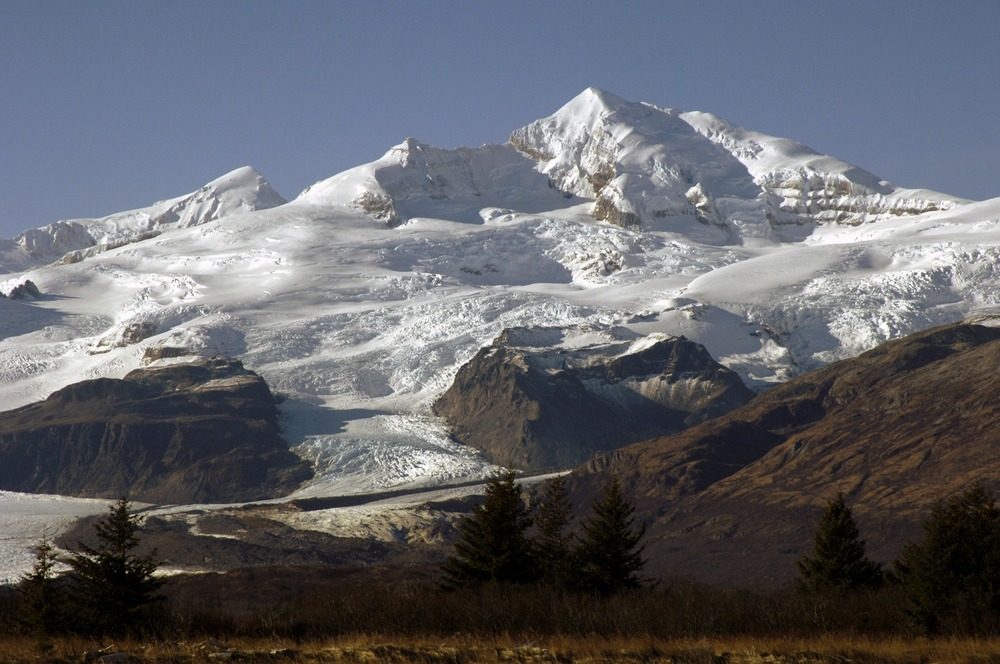Hello again! In my last blog, I introduced my work with the Denver Service Center Planning Division integrating climate change into parks planning processes. One method planners use to think about how climate impacts on parks is scenario planning, which accounts for uncertainties in future conditions by considering plans against a range of possible climate scenarios. As part of my internship, I have been helping with the preliminary development of a Wilderness and Backcountry Management Plan for Katmai National Park and Preserve, which serves as an example of how climate change can affect the decisions of park planners and managers throughout the planning process.

Katmai faces a number of unique natural resource and visitor use management challenges. Located in a remote location in the Alaskan Peninsula, the park protects habitats for numerous wildlife species including brown bears and salmon, and it provides exceptional access to undisturbed forests, watersheds, and volcanic areas. As a designated wilderness and backcountry area, park managers must balance the unimpaired quality of these natural and cultural resources with increasing visitor demand and the challenges of managing millions of backcountry acres. Adding to these challenges are the numerous climate impacts projected to occur in the park, and the Wilderness and Backcountry Management plan aimed to use scenario planning to integrate climate information into the decision-making process.
First, experts at the NPS Climate Change Response Program used climate modeling to create “climate futures,” which project how climate drivers like temperature, precipitation, and sea level rise might change into the future. Because of uncertainties in future global greenhouse gas emissions and differences in models, the futures span a range of possible conditions. These differences were grouped into three futures: “warm-wet” (moderate temperature rise and increasing rainfall), “warm-dry” (moderate temperature rise and decreasing rainfall), and “hot-wet” (severe temperature rise and increasing rainfall).
Next, we turned the “climate futures” into “climate scenarios” by analyzing how changes in climate drivers affect park resources. Planners identified key resources, such as brown bear habitat, natural watershed conditions, and opportunities for solitude, and we analyzed the impacts of climate conditions on each. Some resources were affected similarly under each climate future; warmer temperatures, for example are likely to increase the range of invasive species under every scenario. Others have big differences; for example, forests might see higher risk of forest fires under a warm-dry scenario, but higher flooding under wetter scenarios.

We then used these scenarios to refine the goals of the planning process. Plans often begin by establishing “desired conditions,” which are broad statements of what the plan hopes to achieve. I helped to examine the feasibility of each desired condition to make sure it was robust against all possible climate futures. Sometimes goals had to be refined. For example, increasing water temperatures may limit efforts to preserve natural salmon habitats, while increasing forest fire risks might create challenges for managing trails. Finally, we identified potential management actions to address climate impacts. To address changes on bear habitats, for example, managers might increase efforts to monitor bear populations, while visitor limitations, trails, and access areas might be changed to reduce risks to flooding and wildfire. Planners must consider how climate change affects both project goals and proposed actions as they look into the future.
Parks planners have many factors to weigh when thinking about how to manage natural and cultural resources, and climate change often deeply affects of these decisions. Using scenario planning in Katmai helped to ensure that plans are climate-informed, take into account multiple scenarios and consider future changes rather than just historical conditions. I look forward to continuing to develop frameworks for parks to include these considerations in their planning through my SIP fellowship!
Stay tuned for more updates on how climate change is being integrated into NPS planning processes!

